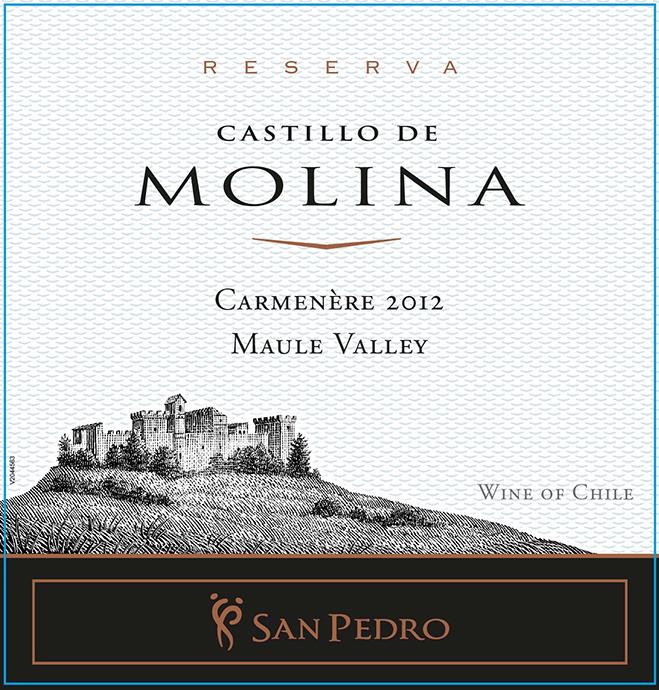2012 Maule Valley Carmenere
Castillo De Molina Reserva is a stunning red wine from the renowned Maule Valley, showcasing the distinct character of the Carmenere varietal. This 2012 vintage offers a medium-bodied experience, elegantly balancing its fruit intensity with a delicious, mouthwatering acidity. The tannins are notable yet smooth, contributing to a well-structured profile that invites you in for another sip. With its dry finish, this wine presents notes of ripe blackberries and subtle hints of spice, making it a delightful companion to a range of dishes, from grilled meats to hearty stews. Enjoy the journey through the vibrant terroir of Maule Valley with each glass.
Castillo De Molina Reserva is a stunning red wine from the renowned Maule Valley, showcasing the distinct character of the Carmenere varietal. This 2012 vintage offers a medium-bodied experience, elegantly balancing its fruit intensity with a delicious, mouthwatering acidity. The tannins are notable yet smooth, contributing to a well-structured profile that invites you in for another sip. With its dry finish, this wine presents notes of ripe blackberries and subtle hints of spice, making it a delightful companion to a range of dishes, from grilled meats to hearty stews. Enjoy the journey through the vibrant terroir of Maule Valley with each glass.




